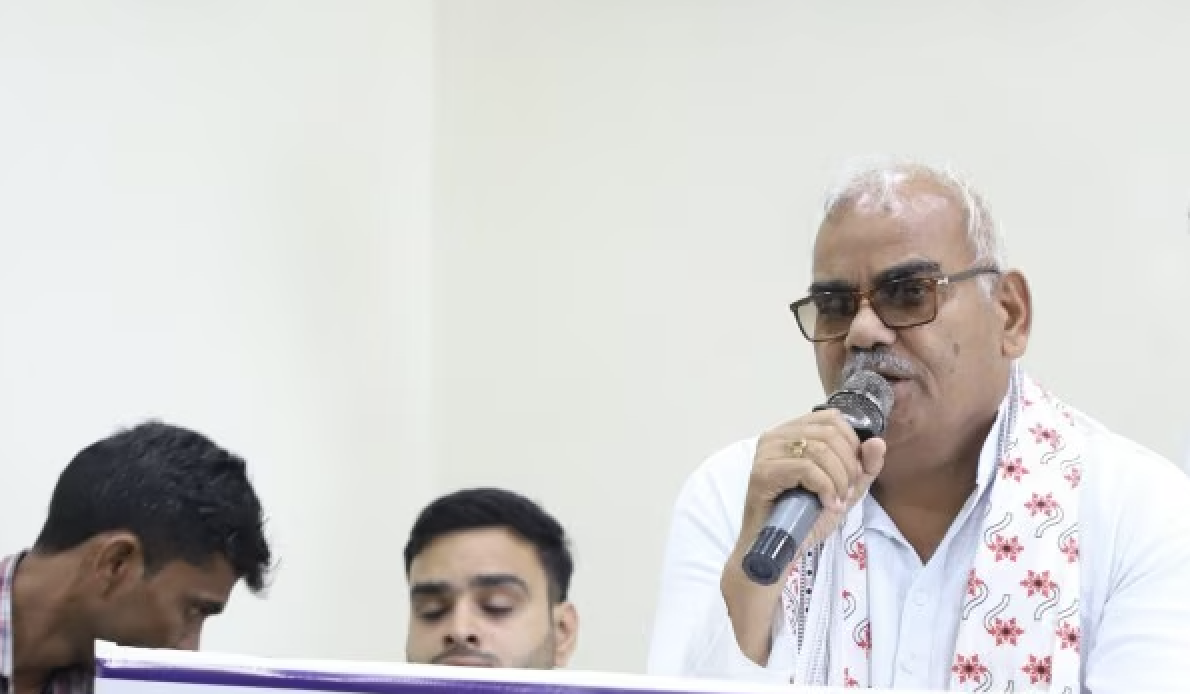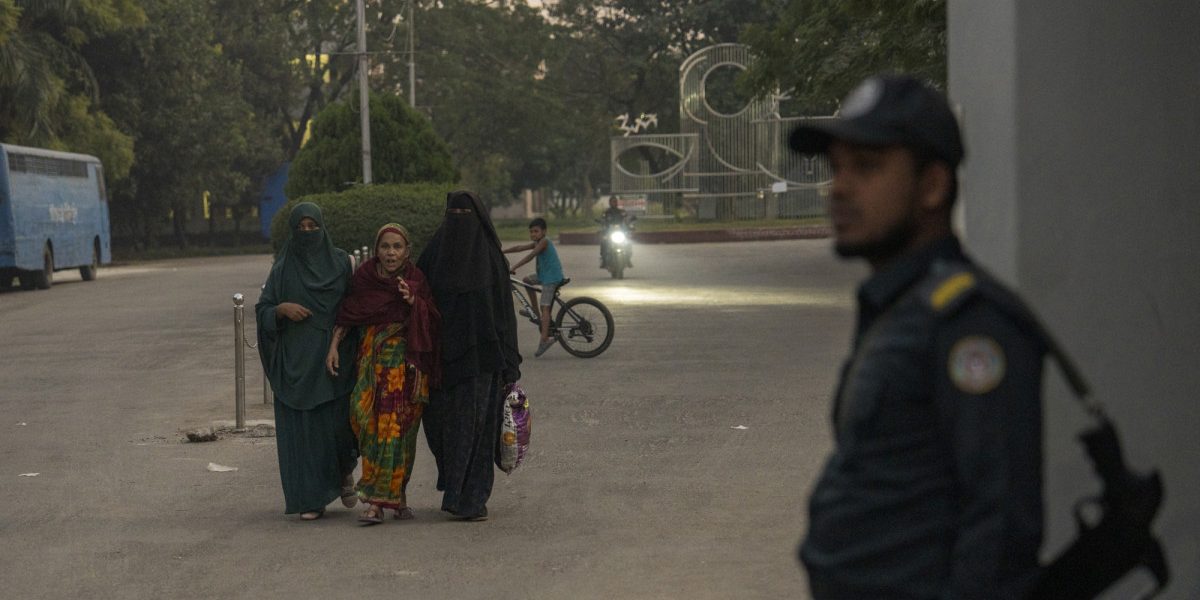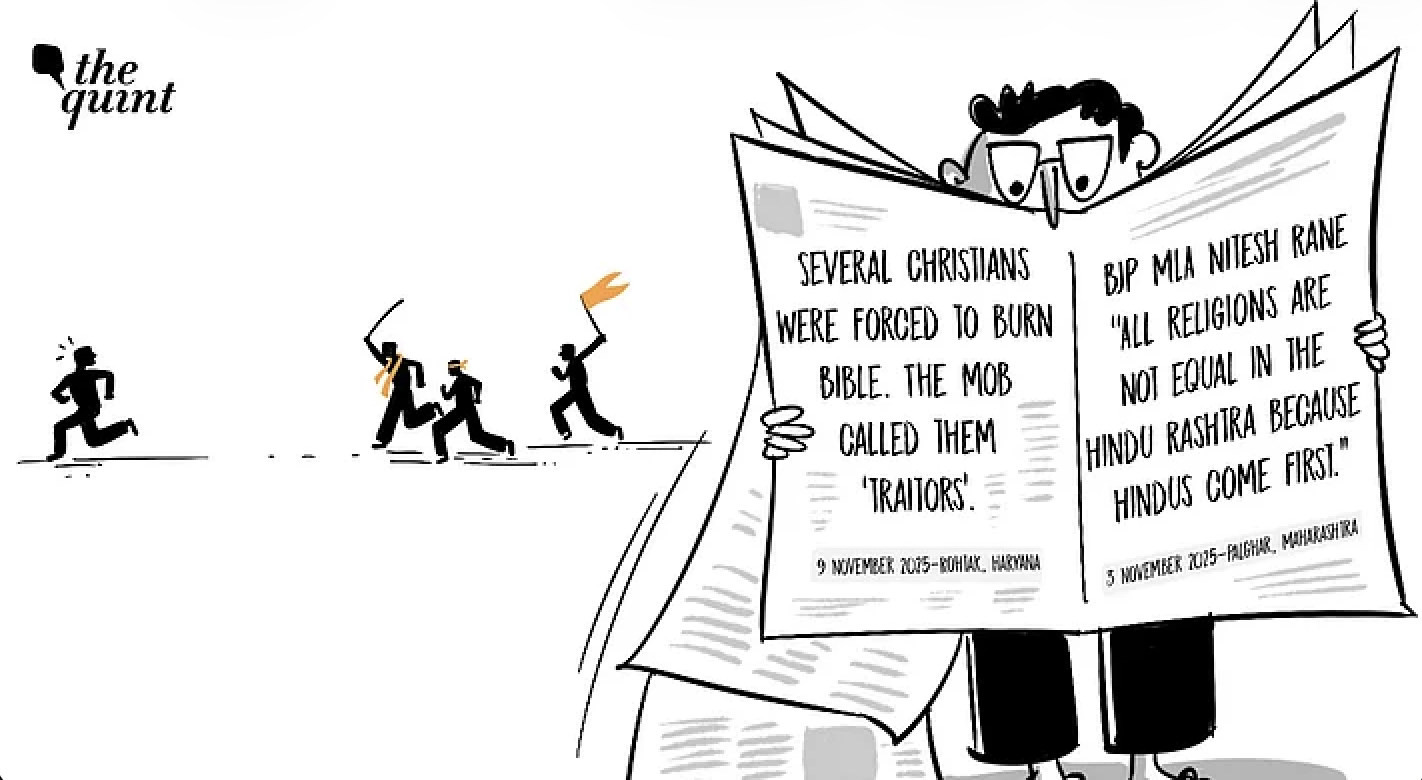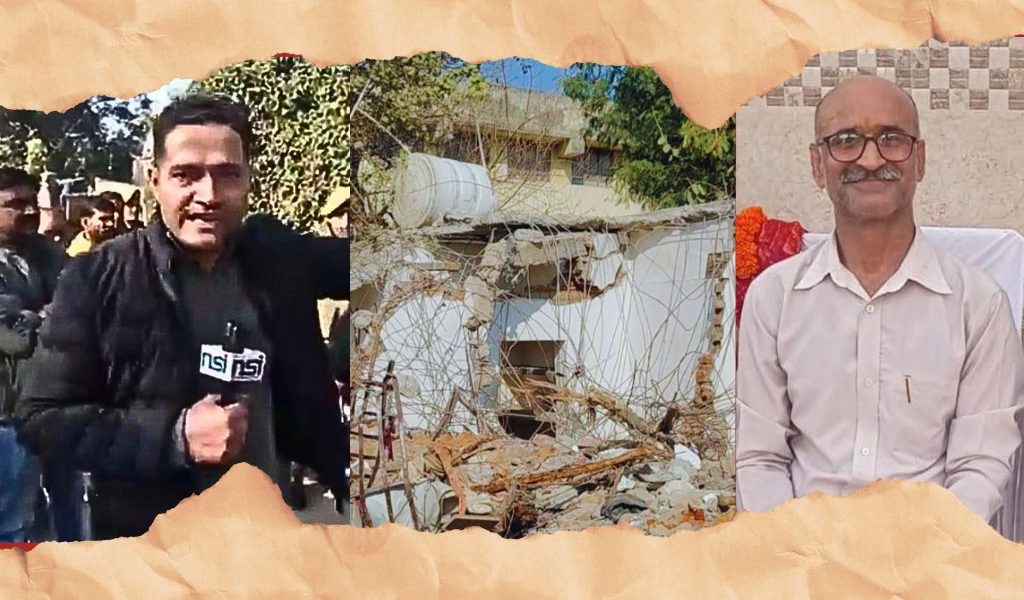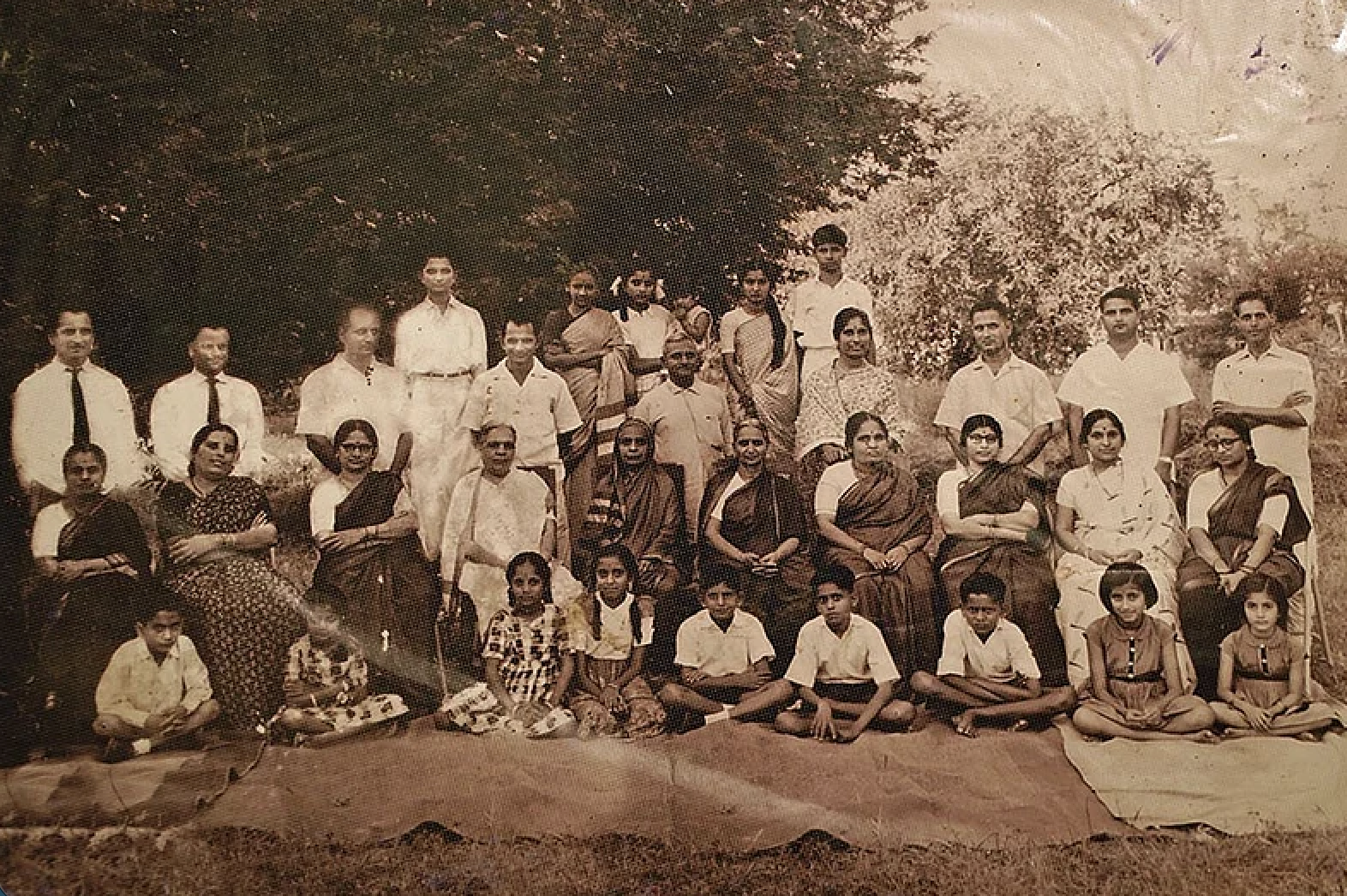
By Pritha Vashisth
Suvarna tightened the pleats of her saree, her movements precise. There was no time for idle chatter, her eyes fixed on the task at hand. Around her, vessels clattered as she garnished food, preparing offerings for the ancestors.
The calendar nailed to the wall was not Gregorian but a Hindu panchang (almanac), marking the last day of pitra paksha, a fortnight dedicated to remembering one’s forefathers. She had been taught that during this period, the veil separating the living and the departed thins out, and in that brief interlude, ancestors watch over their families, awaiting offerings.
It was a Sunday, a reprieve from her responsibilities as director at Wardha Nagrik Bank. And yet, in Wardha, Suvarna is better known as the pramukh (head) of the Rashtra Sevika Samiti, a role that intertwines her personal life with the organisation’s mission of nurturing Hindu women as pillars of the nation.
Nothing detracts Suvarna from the duties entrusted by the Samiti. On Monday, with Navratri sthapan arriving early, she walks nearly a kilometre to the Ashtabhuja Mandir, a temple said to have been sculpted under the guidance of Laxmibai Kelkar, who founded the Samiti on October 25, 1936, amid the growing tide of nationalism. This founding moment was no accident; it emerged from Kelkar’s determination to create a space for women within the broader Hindutva ecosystem, inspired by Keshav Baliram Hedgewar’s Rashtriya Swayamsevak Sangh (RSS), established in 1925. Kelkar, widowed at 27 with eight children, had approached Hedgewar seeking involvement for women in the RSS, but he advised her to form a parallel organisation. Thus, on Vijayadashami in Wardha, the Samiti was born, emphasising women’s roles in cultural preservation and national service, distinct yet complementary to the all-male RSS.
Affectionately called mausiji, her vision was to empower Hindu women through self-defence, cultural education and service, but within the bounds of traditional values. Over the decades, the Samiti grew into the world’s largest Hindu women’s organisation, with a presence in 5,216 centres across India and affiliates in ten countries. It operates 875 daily shakhas, where women and girls learn yoga, music, dance, cultural values, discipline and martial skills like lathi (stick) fighting and even swordplay.
At the Ashtabhuja Mandir gates, Suvarna is joined by dozens of women in sarees, gathering in disciplined rows under the saffron banner of dharma. She begins with the prarthana samaroh, leading the shakha, and calls out twice: “Hindu Rashtra!” The chant echoes through the air, a rallying cry for a unified Hindu nation. Among those standing in line is Aparna Hardas, a senior sevika in her fifties, her voice steady as she recites hymns. For the next six hours the women will remain at the temple, studying, singing and revisiting the words and legacy of “mausiji” Laxmibai Kelkar. “I joined the shakha because my mother-in-law was associated with it,” Aparna says. “This is about carrying forward the legacy. We do the Samiti’s work out of joy, not compulsion. And when your daitva (responsibility) increases, you are sometimes sent to travel, expenses taken care of. That too is service.”
As part of the outreach, sevikas travel across Maharashtra’s eastern belt, persuading women from other villages to join the Samiti’s shakhas. “Leadership positions here empower women to find their voice. They learn responsibility not only towards the Samiti but also towards nation-building,” she explains. However, scholars like Paola Bacchetta argue that this apparent empowerment is deeply constrained. In her book Gender in the Hindu Nation, Bacchetta notes that women from the Samiti produce a “specifically feminine discourse of the nation, which, at times, has ‘zones of convergence, of antagonistic divergence, complementary difference and antagonistic difference’ with the male nationalist discourses”. This discourse, while allowing women to negotiate agency, ultimately reinforces upper-caste Brahminical patriarchy, where women’s roles are tied to family and nation without true autonomy.
This story was originally published in outlookindia.com. Read the full story here.


